The “Aleph 2024” Festival, organised by the National Autonomous University of Mexico (UNAM), is an annual event that explores the convergence of the arts, sciences, and humanities.
This year, I had the opportunity to attend this fascinating festival and participate in activities that not only expanded my knowledge but also deeply inspired me as a photographer.
In this article, I will share my experience and reflect on how artificial intelligence (AI) is transforming art and science.
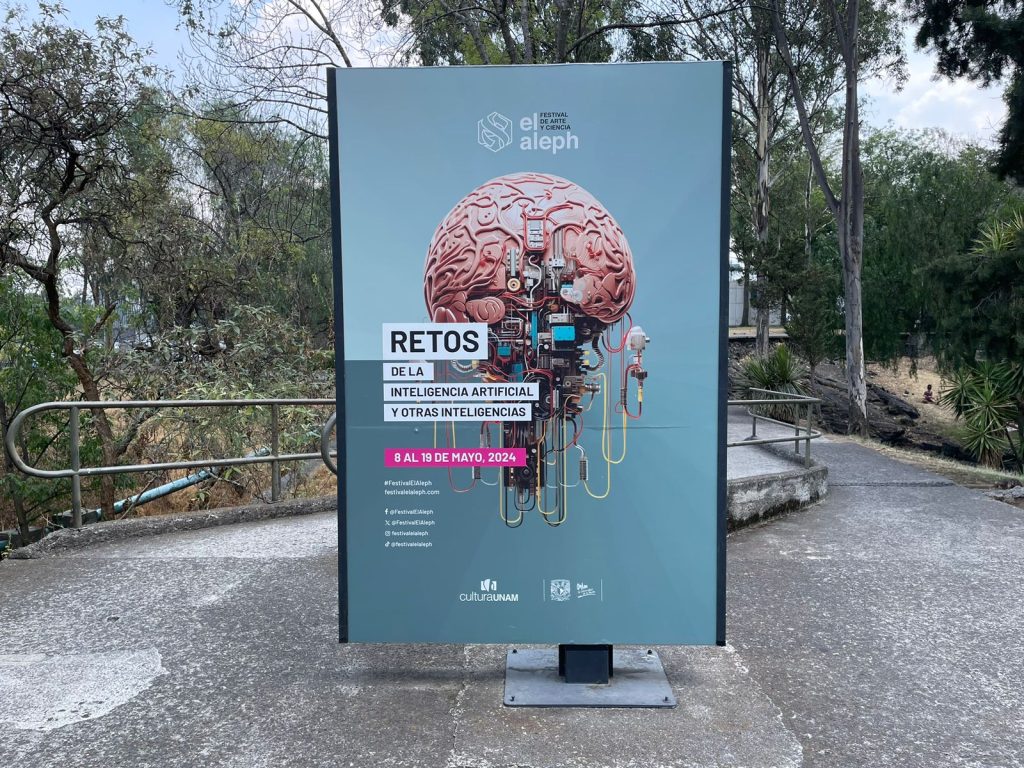
“Aleph” is more than a festival; it is a space for reflection and creation where exhibitions, workshops, calls for entries, cinema, conferences, book presentations, visual arts, music, culture, theatre, performances, and dance are presented.
My journey began with a course titled “Image Creating Image,” taught by Diego Trujillo Pisanty, and culminated with a musical tribute to Anton Bruckner on the 200th anniversary of his birth, performed by a Latin American quartet with William Harvey, followed by an innovative piece called “Quantum Cubism” by Jaime Lobato.
“Image Creating Image”
The “Image Creating Image” course was a revealing experience. For four hours, Diego Trujillo Pisanty guided us through the concepts and techniques that transform the way we think about images in the digital age.
We learned that digitisation converts the image into a numerical formation; that is, the image ceases to exist in its traditional form and becomes a series of instructions that can be manipulated and reinterpreted.
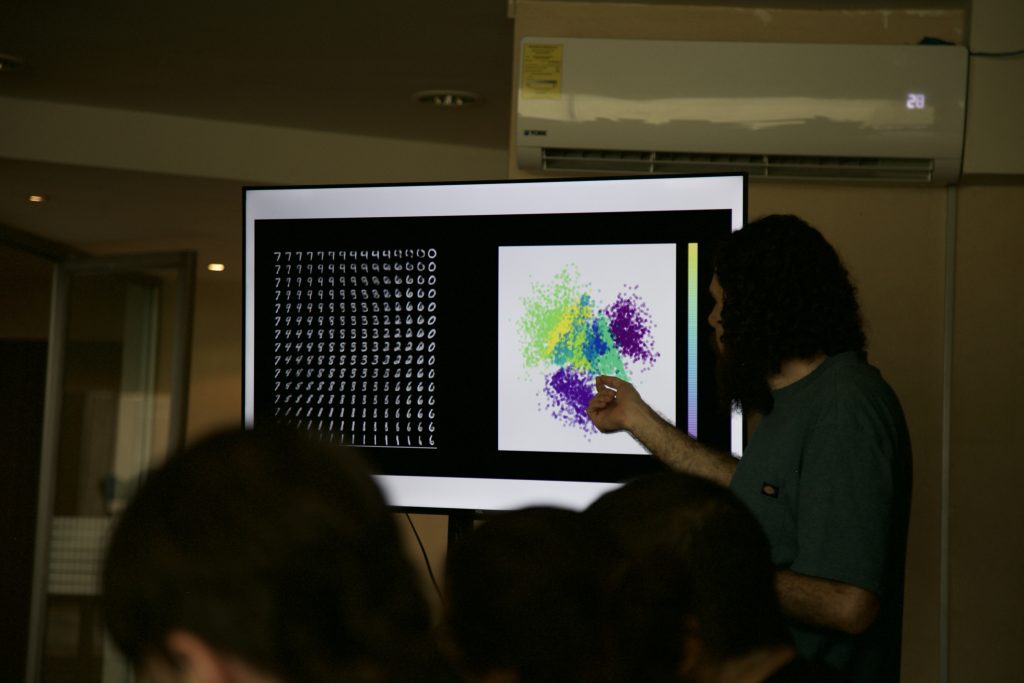
One of the course’s highlights was understanding the image as data and information. This change of perspective is crucial for those of us working in visual fields. We learned that digitised images are data that can be processed by algorithms to extract visual information, which has enormous implications in both art and science.
This digitisation process allows images to be decoded and re-encoded, opening up a range of creative possibilities.
Another fascinating aspect of the course was the study of neural networks with volutes. Trujillo Pisanty showed us how these networks can learn and generate images from a dataset. Neural networks are machine learning systems that mimic the structure and function of the human brain.
By training these networks with volutes (complex and abstract patterns), we can generate new images that challenge our traditional notions of creativity and originality.
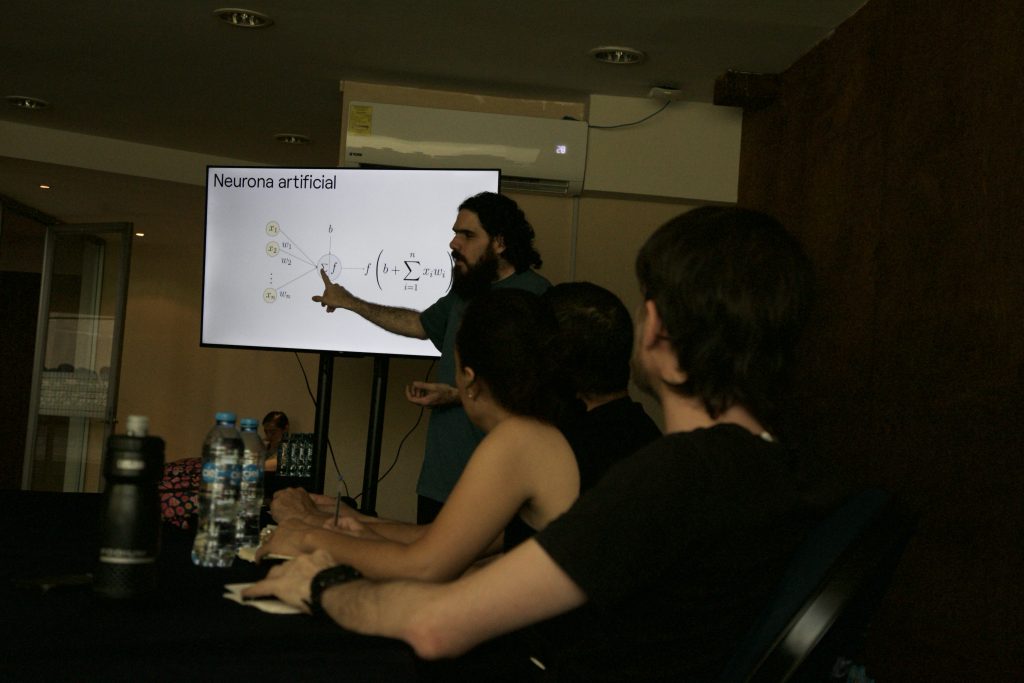
From Traditional Photography to AI
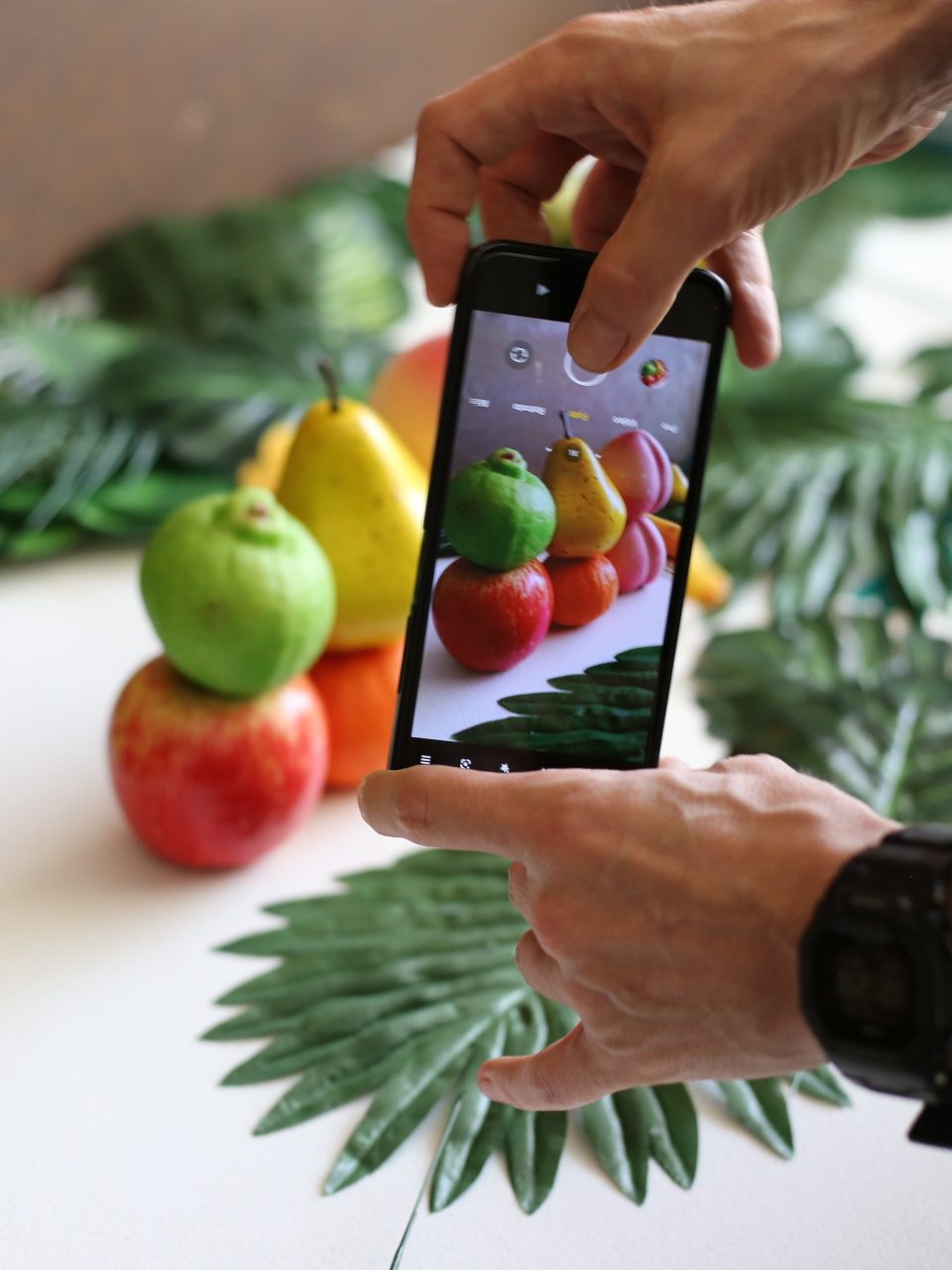
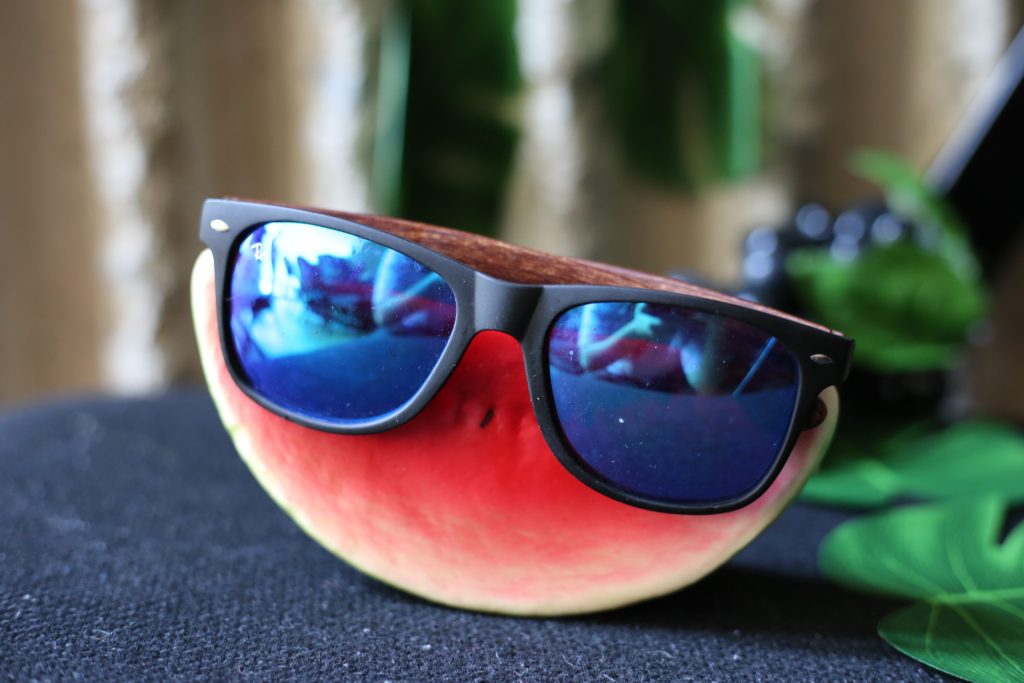
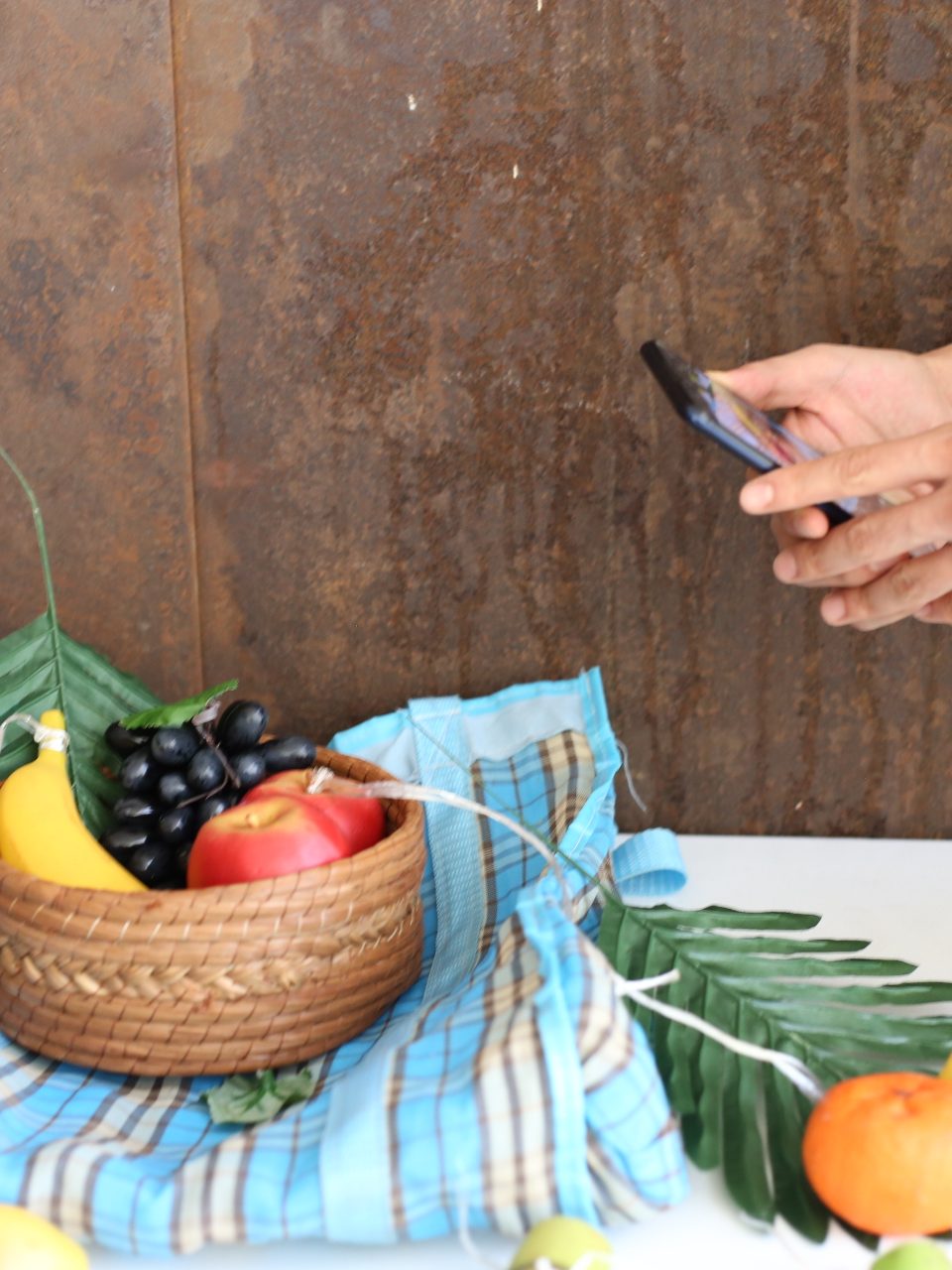
As a photographer, the idea that an image is no longer just a static representation, but a series of manipulable data, is fascinating. During the course, we took numerous photos that we then used to create new images through AI algorithms.
This process made me reflect on how technology is redefining the art of photography.
It’s no longer just about capturing a moment but reinterpreting and transforming that capture into something completely new.
However, Diego emphasised that meaning is still beyond AI’s reach, so while images can be created from simple data, only we can give significance to the illustration.
Tribute to Anton Bruckner: A Meeting with AI and Quantum Computing
The second activity of the day was a tribute to Anton Bruckner, an Austrian composer whose musical legacy was reinterpreted in a unique presentation. The first part of the tribute was a traditional performance of his music by a Latin American quartet and William Harvey on the violin. The second part took the experience to a new level with the musical piece “Quantum Cubism” by Jaime Lobato.






“Quantum Cubism” is a work that uses artificial intelligence and quantum computing tools to create a remix of all Bruckner’s symphonies. This piece aimed to combine the composer’s symphonic styles into a coherent yet unique auditory experience for the audience. Using quantum capabilities, a statistically different version of the piece was generated in each performance, making it unrepeatable.
The word I would use to describe the presentation is “impressive” because it generated music from scratch, without recordings, although it had some difficulties. I noticed that many attendees did not enjoy the presentation as it was just sound coming out of the speakers for some; a small glitch with the technology at the end of the concert caused some attendees to leave, highlighting a key challenge: “Technology, though powerful, can still be unpredictable and definitely does not cause the same sensation as listening to live music, like the first part of the concert.”
However, this experience made it clear to me that we are on the threshold of a new era where technology can amplify and transform our perception of art.
AI in Art and Science
The application of AI in art raises profound and exciting questions. Can a machine be creative? How does technology redefine our understanding of art? From my perspective as a photographer, the answer is not simple. AI and neural networks open up infinite possibilities but also pose ethical and aesthetic challenges. The ability of a machine to generate unique images and music is impressive, but can it really capture the essence of the human experience?
Using AI in artistic creation is an exciting innovation; it allows us to explore new forms and concepts that were previously unimaginable.
We cannot ignore the role of the artist in this new paradigm.
Creativity does not reside solely in the machine but in the interaction between the human and the technology. It is the artist who guides, interprets, and gives meaning to the data generated by the machines.
The experience at El Aleph left me with many questions and ideas: How can we balance human intervention and automatic generation in artistic creation? What role do the artist’s intention and emotion play in AI-generated works? These are questions I will continue to explore in my work as a photographer and artist.
The “Aleph 2024” Festival was a revealing and enriching experience. From the course on creating images with AI to the tribute to Anton Bruckner, the festival demonstrated how the intersection of art, science, and technology can generate new forms of expression and reflection.
Despite technical challenges, combining artificial intelligence and quantum computing in artistic creation opens up a world of possibilities that we are just beginning to explore.
As a photographer, this experience has inspired me to continue researching and experimenting with these technologies to discover new ways of seeing and representing the world.
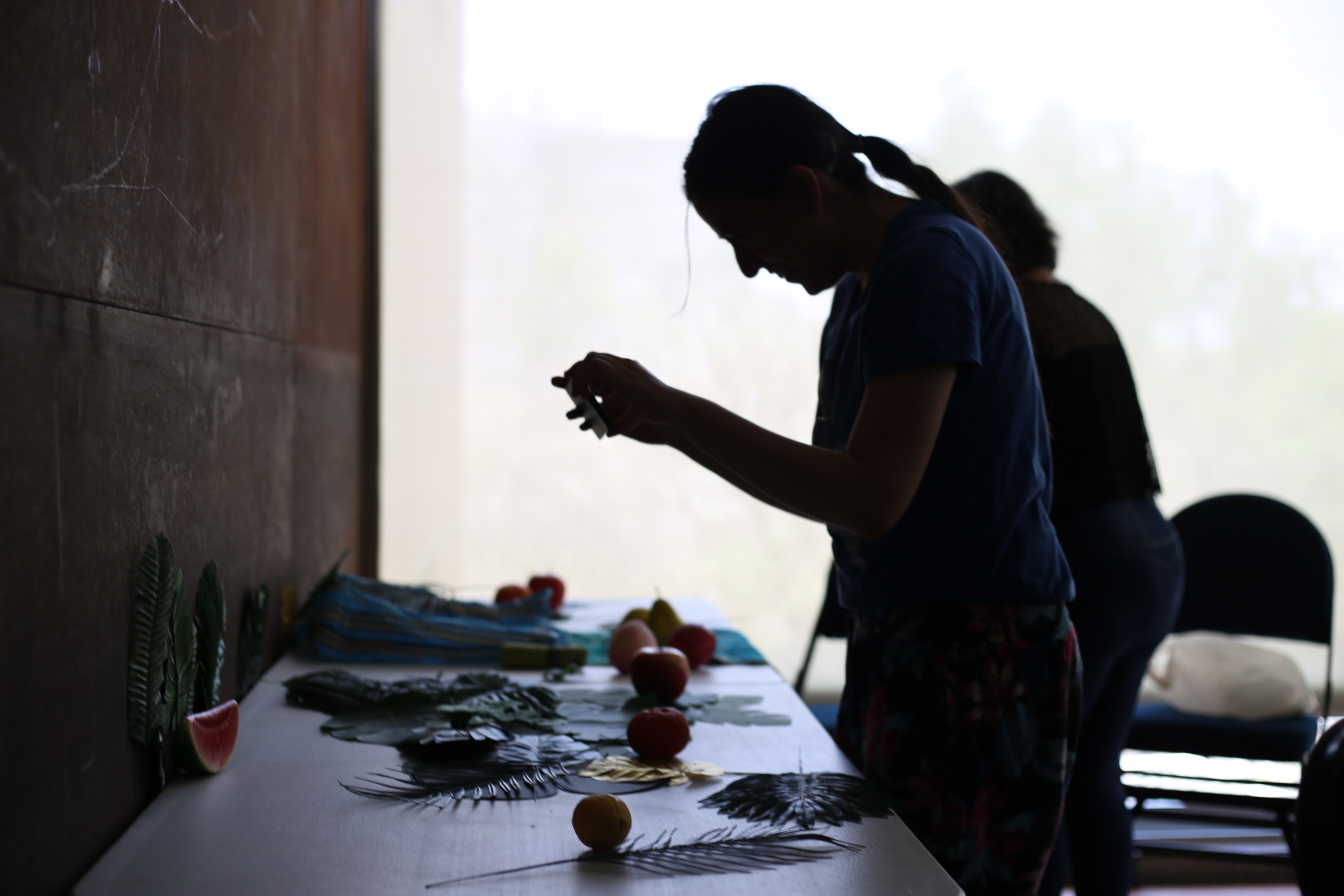
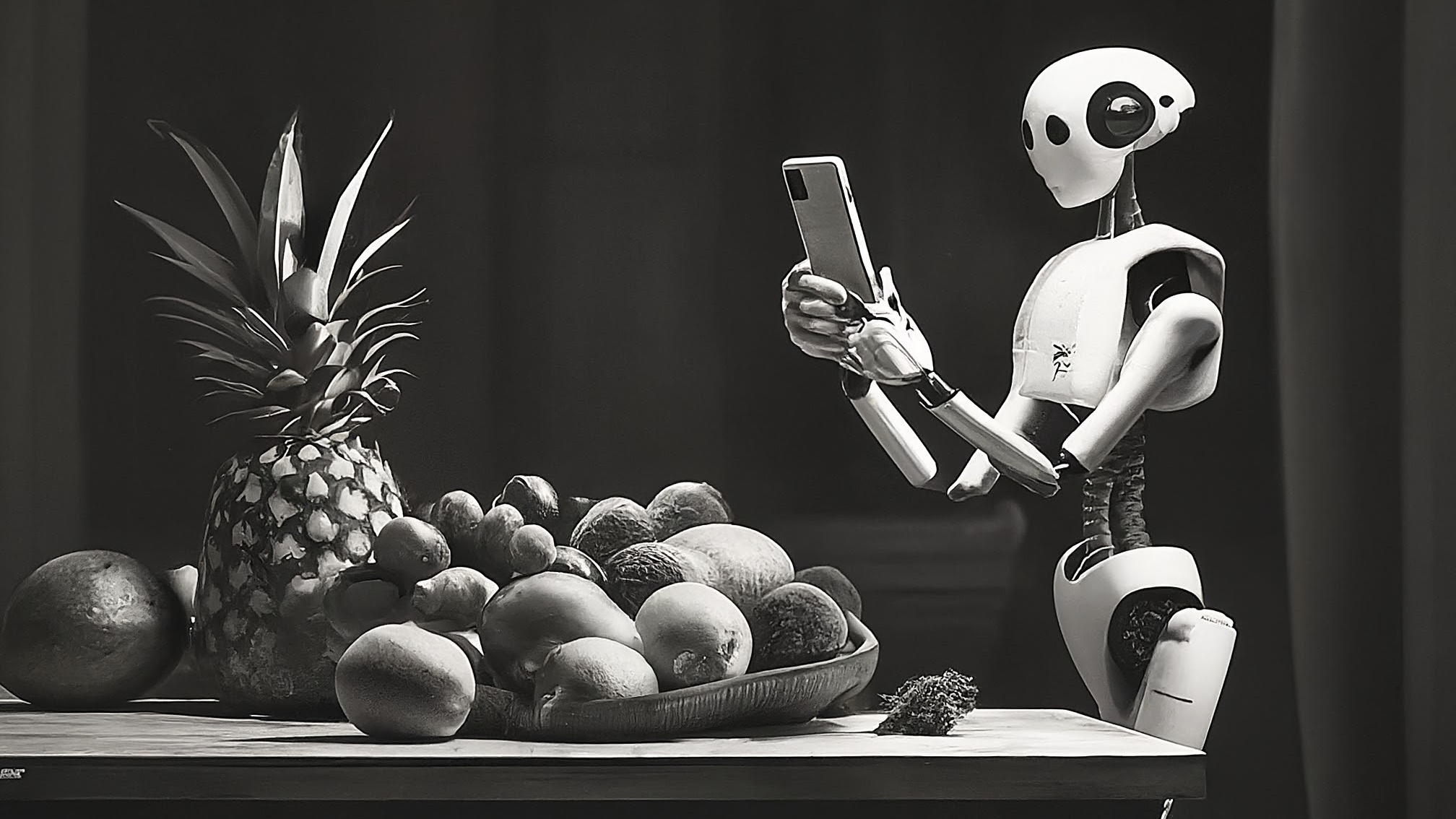
Innovation in art and science is inevitable and exciting. The key is how we use these tools to enrich our understanding and appreciation of human creativity. At “El Aleph,” the future of art and science is not just a possibility but a constantly evolving reality.
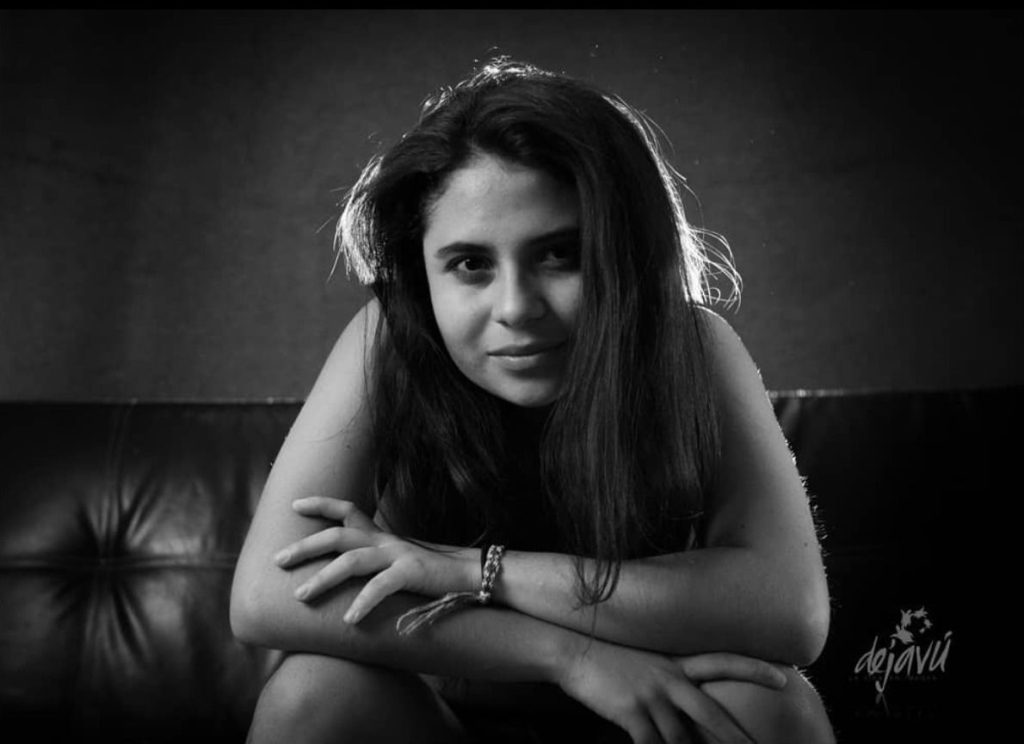
Valentina Aranzabal is 22-year-old Mexican photographer and recent communications graduate from the Faculty of Political and Social Sciences at the Universidad Autónoma de México. She brings a unique perspective to the intersection of art, technology, and artificial intelligence.
With over five years of experience behind the lens, she is passionate about exploring how AI is transforming the creative landscape, particularly in the realm of photography.
